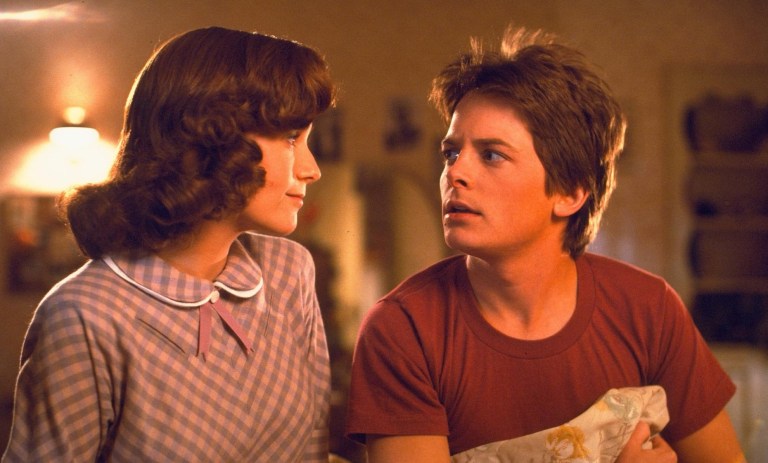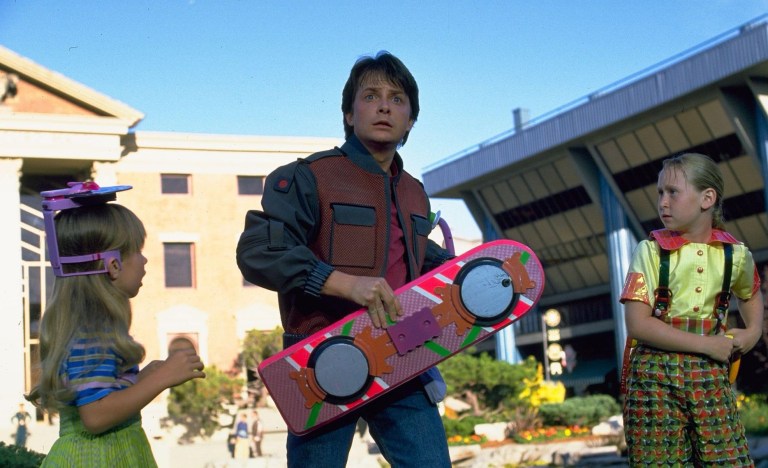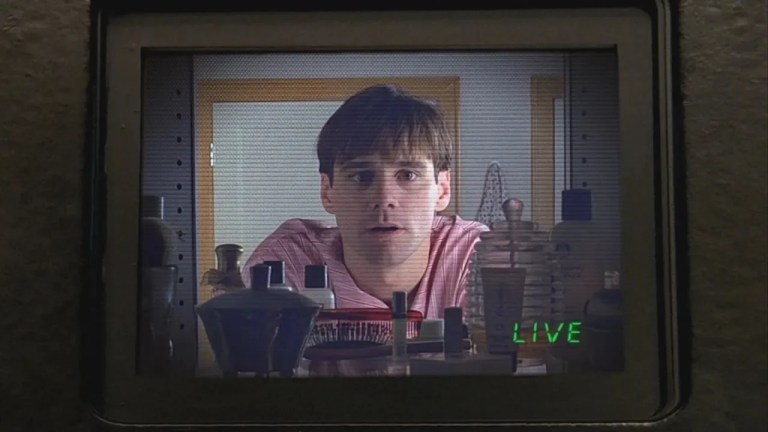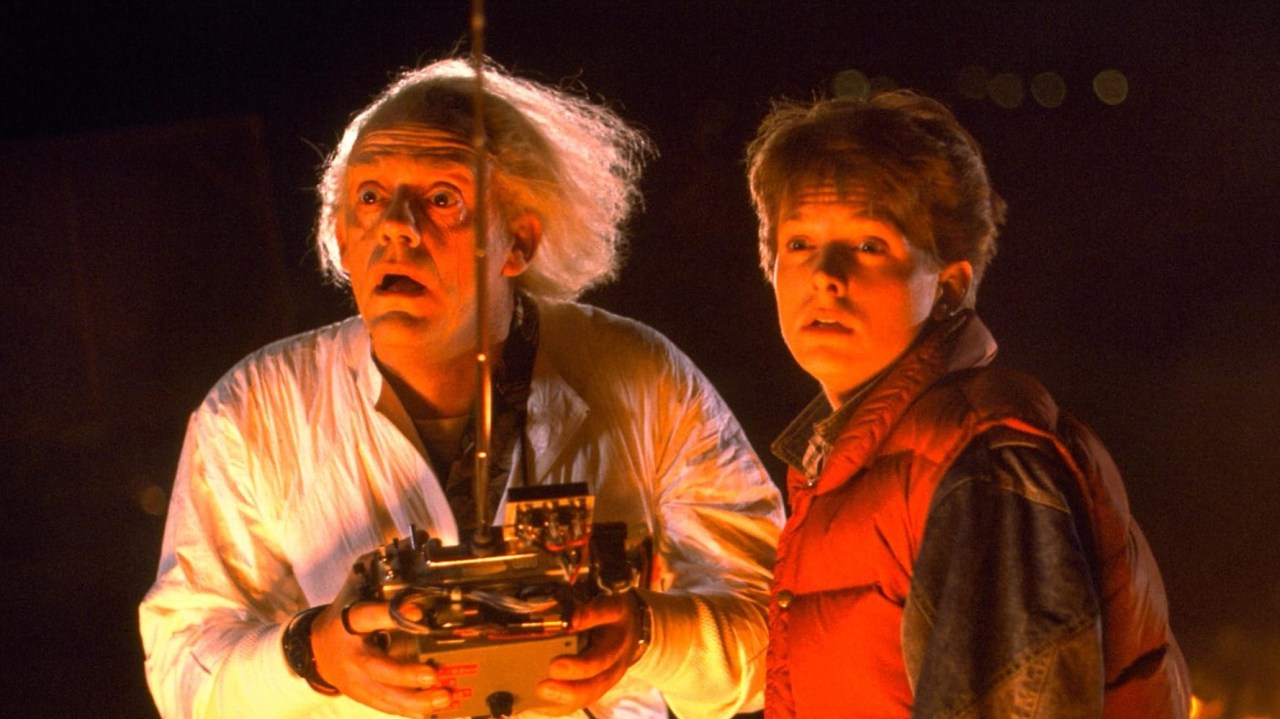
5 ‘Back To The Future’ Predictions That Almost Came True (And 4 That Never Will)
2025 marks 40 years since Back to the Future was released into the world, changing the mind and hearts of moviegoers forever.
Considered to be a “perfect film” by many, it spawned two sequels, a West End and Broadway musical, and several more references throughout pop culture history. Quotable moments like “Great Scott!” and “1.21 gigawatts” have turned Back to the Future into a cultural touchpoint, as fans continue to harken back to the franchise’s predictions about the future (now present).
In Back to the Future II, Marty McFly (Michael J. Fox) and Doc Emmett Brown (Christopher Lloyd) venture 30 years into the future to the year 2015. As the time travelers journey between 1885, 1955, 1985, and 2015 throughout the franchise, creators had the opportunity to make predictions about their future, which has since become our present. 10 years after Back to the Future’s “future,” we’re looking back at the predictions that almost came true, and some that will probably never come to fruition.
True: Biometric Identification
In Back to the Future II, Jennifer unlocks the door to the McFly home using a fingerprint. In 2015, fingerprints became common use to unlock iPhones and yes, even homes. But 2025 has taken a step further, using facial identification as a more secure form of biometric IDs.
Not True: Flying Cars
While vehicular technology has taken steps towards flying cars with self-driving and electronic vehicles, flying cars are not yet a reality. Beyond this, the actual safety regulations and parameters that would make common use of flying cars possible seems unthinkable. New branches of government would need to exist to monitor and create infrastructure, while accidents in the sky would likely lead to far more deaths, making flying cars an unlikely form of transport.
True: 3D Movies (and Too Many Jaws Sequels)
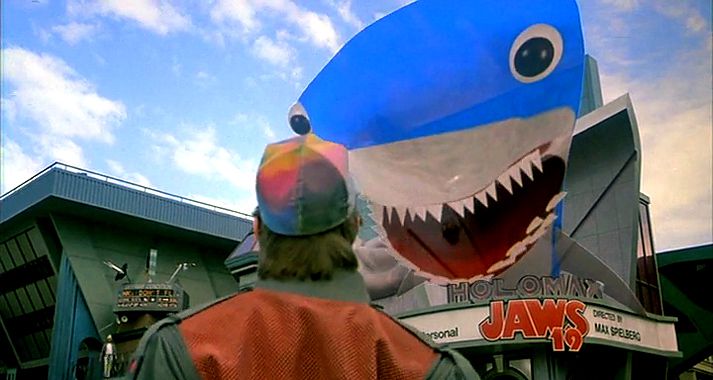
When Marty finds himself in 2015’s Hill Valley, Jaws 19 is advertised with a 3D hologram of a shark. While 3D films require the use of special glasses instead of holograms, they are very much a reality. Not only that, but the obsession with shark-themed movies spurned three Jaws sequels in addition to the Sharknado and Meg franchises, leading to a laughable amount of low-quality shark films. And while hologram films aren’t the norm, holograms do exist with experiences like ABBA Voyage, a realistic ABBA concert using holograms of the band’s original members.
Not True: Weather Control
In the film, rain stops and starts on cue, hinting that the weather is controlled rather than predicted. While we’ve certainly gotten better at predicting the weather, we definitely don’t have 100% accuracy. And the idea of actually controlling the weather is out of the question (unless you are Madame Morrible in Wicked.)
True: Video Conferencing
When Marty sees his future self at home, the older version is participating in an office video call. This predicted several commonly used video calling apps such as Skype, Zoom, and FaceTime. In 2020, thanks to the COVID-19 pandemic, video conferencing skyrocketed in popularity as remote work became the norm, making Back to the Future II’s predictions more apt than ever.
Not True: Size-Adjusting, Auto-Drying Clothes and Self-Tying Laces
Clothing has gotten smarter since 1985 with smart watches and glasses, but actual fabric pieces of clothing are nowhere near as advanced as Back to the Future suggested they would be. Doc gives Marty some “futuristic” clothing, which includes a size-adjusting jacket and self-tying shoes. After ending up in the lake, the clothes self-dry. This would be cool (although the clothes themselves aren’t very chic), but it doesn’t seem possible or like something that would be widely used in the near future.
Almost True: The Chicago Cubs win the World Series.
Before Back to the Future was released, the Chicago Cubs hadn’t won the World Series since 1908. The films, however, predicted that they would win the World Series in 2015 against a Miami baseball team that didn’t yet exist. But in 2012, the Miami Marlins were formed after the 1993 Florida Marlins moved to LoanDepot Park, marking the prediction of a Miami baseball team as true. In 2015, the Cubs ended the longest championship drought in all North American major sports leagues (MLB, NBA, NHL, and NFL) by making it to the NLCS. However, they lost to the New York Mets, who lost to the Kansas City Royals in the World Series. But in 2016, the Chicago Cubs did win the World Series, making Back to the Future’s prediction almost true.
Not True: Instant Food Hydrators
When Marty’s parents come to visit in Back to the Future’s 2015, they throw a small item into a microwave-like appliance, and it instantly turns into a fully cooked meal. While air fryers have sped up cooking and made it easier to make fully home-cooked meals, increasing the size and speed of food doesn’t seem like a real possibility. Plus, TikTokers and influencers, alongside more time at home since the pandemic, have popularized cooking in a way that we wouldn’t even want instant food hydrators, as they would diminish the inherently human art and passion for food.
Almost True: Biff Becomes the US President in a Dystopian 1985
While Biff isn’t a real person, his character was actually based on Donald Trump, according to Back to the Future writer Bob Gale in an interview with The Daily Beast. In the films, Biff uses the stolen future sports almanac to gain wealth, building a 27-story casino and hotel chain before finding footing in the Republican party. This is reminiscent of Donald Trump’s rise to political power. While Biff allows America to descend into a lawless dog-eat-dog world, Trump hasn’t been able to go quite as far as his villainous fictional counterpart.
Even still, he has leveraged his position as President to avoid jail time, reverse civil rights legislation, and find loopholes in the Federal Government’s structure to remain in power and dismantle the current system. Perhaps 1985’s political landscape predicted an unconventional and power-hungry President taking charge or perhaps Back to the Future was making a joke that unexpectedly became a reality. Regardless, Back to the Future’s impact on culture over the past 40 years may be more powerful than the “Power of Love.”
